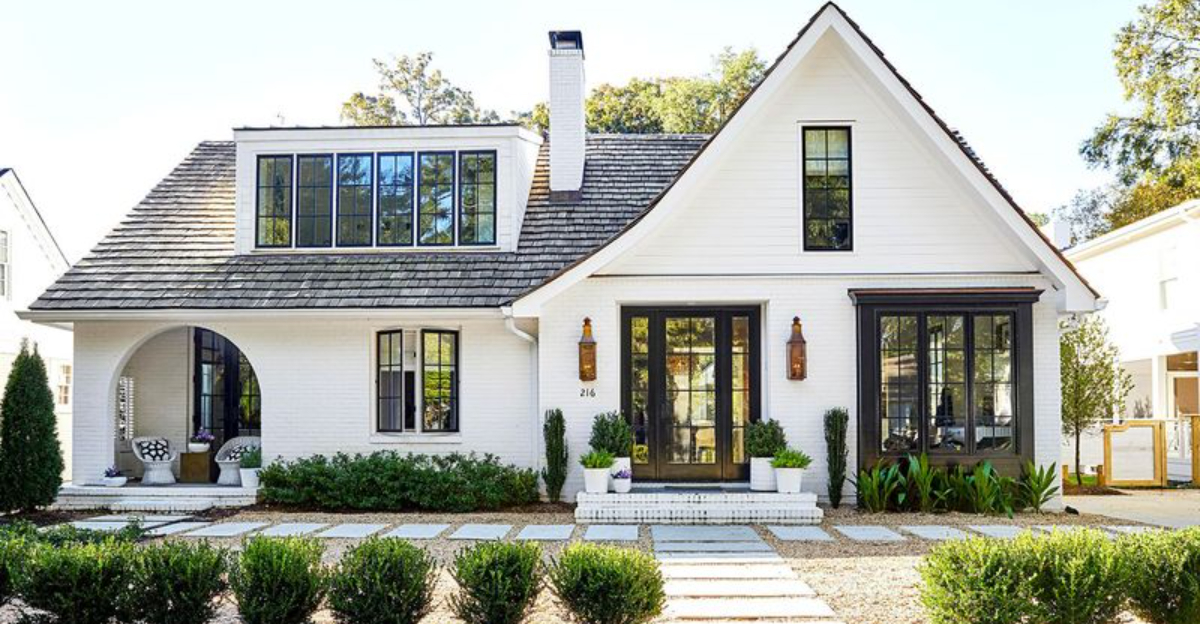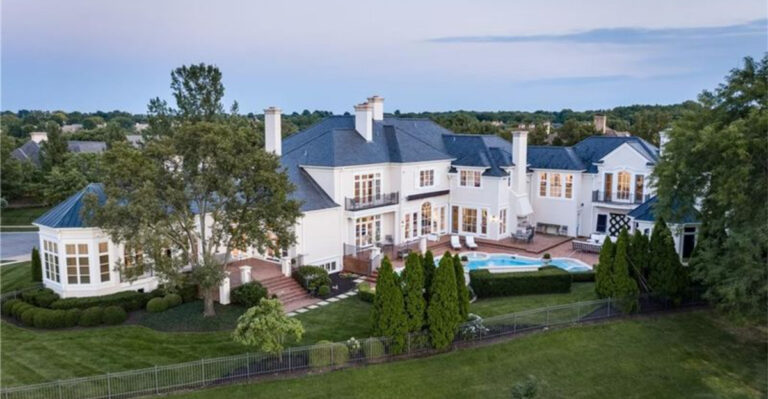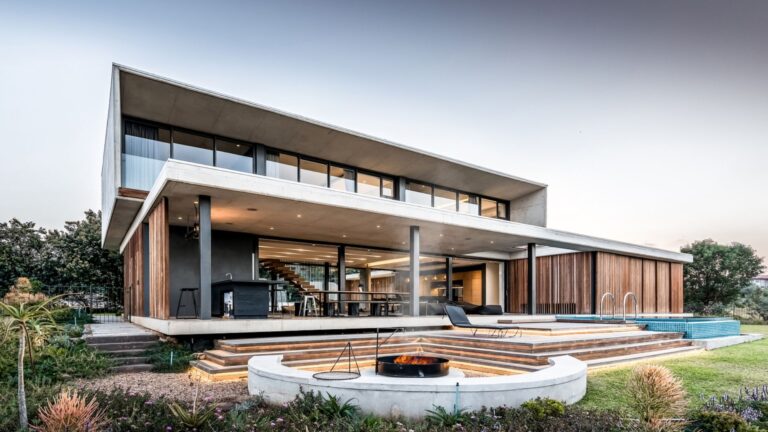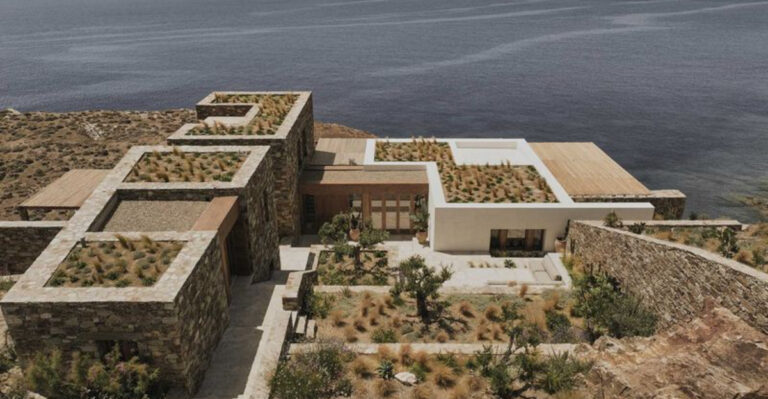How To Modernize An Older Home Without Losing Its Historic Charm
I’ve always been captivated by the character and charm packed into older homes, the creaky floors, intricate moldings, and little details that whisper stories from the past.
But bringing these gems into the modern era without losing their soul can feel like a serious balancing act. Luckily, it’s absolutely possible to update vintage spaces while honoring everything that makes them special.
Whether you’re living in a historic beauty or dreaming of restoring one, these fifteen smart ideas will help you blend timeless character with the comforts of modern life so your home feels both fresh and full of history.
1. Research Your Home’s Era
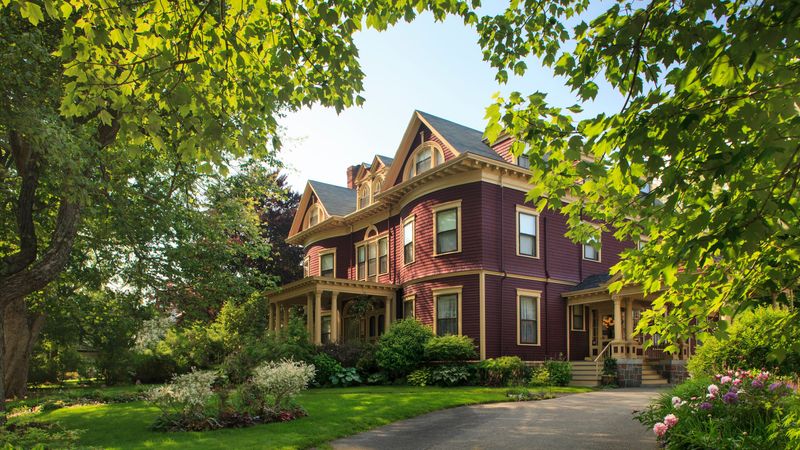
Knowledge is your renovation superpower! Before swinging that sledgehammer, investigate when your home was built and what architectural style it represents.
Library archives, historical societies, and even chatting with longtime neighbors can uncover fascinating details about your property’s past life.
These discoveries will guide your design choices and help you decide which elements deserve saving.
2. Preserve Original Woodwork
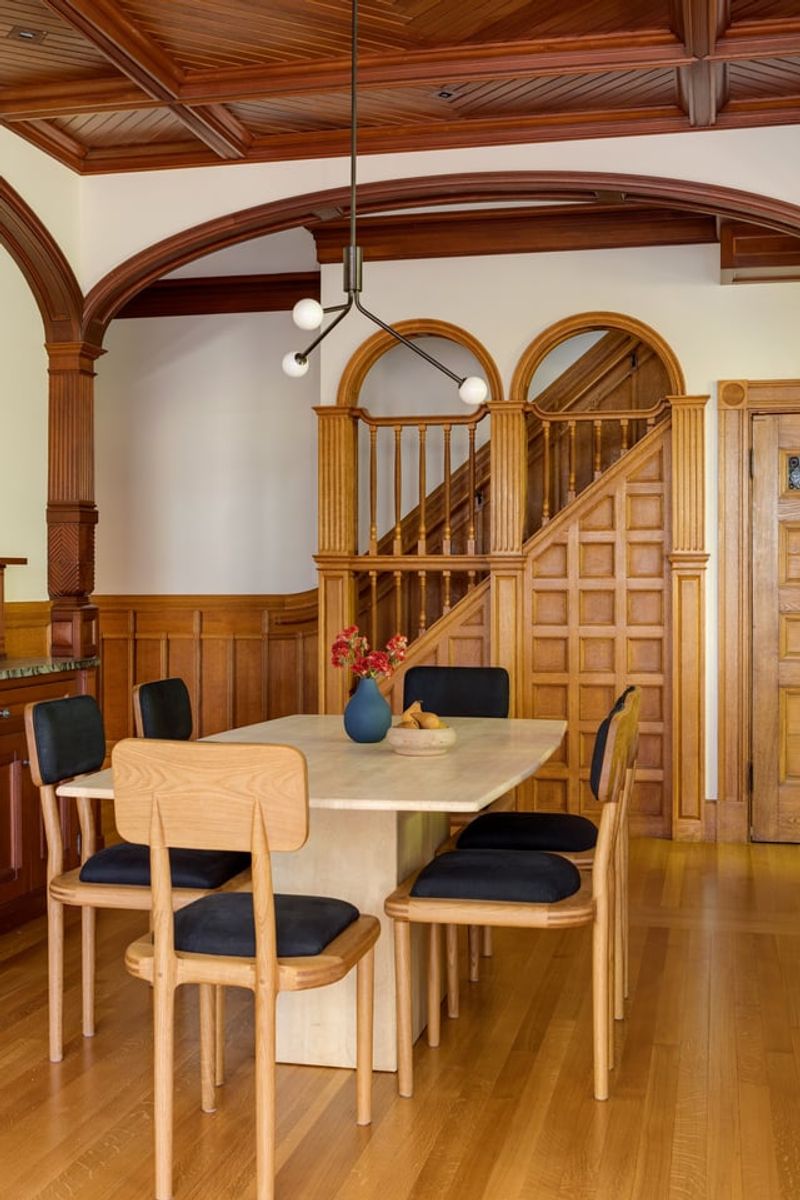
Those handcrafted baseboards, crown moldings, and built-ins? Pure gold! Vintage woodwork showcases craftsmanship rarely found in modern construction.
Instead of ripping it out, gently clean layers of old paint with appropriate strippers. Sand carefully and refinish with period-appropriate stains or paints.
For damaged sections, find a skilled carpenter who specializes in historical restorations rather than replacing everything.
3. Update Kitchen Appliances Thoughtfully
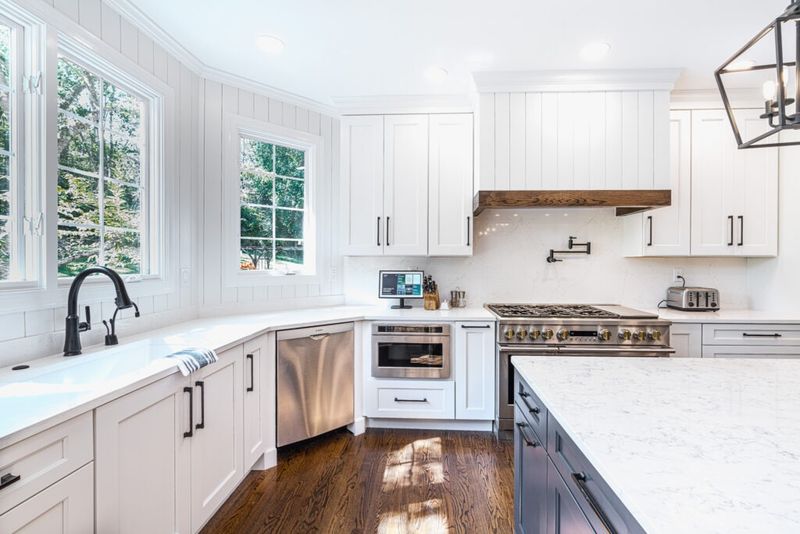
Nobody wants to cook on a century-old stove (unless you’re really into authentic historical reenactment). Modern appliances can coexist beautifully with vintage charm.
Look for retro-styled refrigerators and ranges with modern technology inside. Another trick? Panel-ready appliances that can be fitted with cabinet fronts matching your kitchen’s era.
You’ll get the convenience of 2023 with looks that complement your home’s history.
4. Rewire Without Destroying Walls
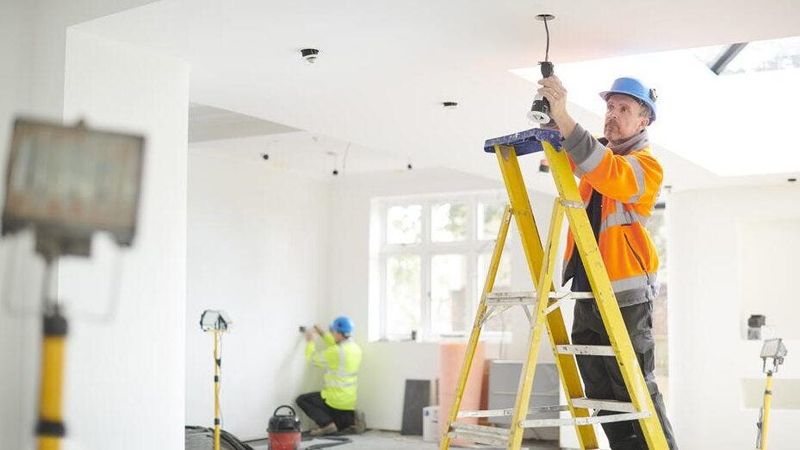
Knob-and-tube wiring might have character, but it also has fire hazard written all over it! Updating electrical systems is non-negotiable for safety.
Good news: skilled electricians can often fish new wiring through existing walls with minimal damage. When repairs are needed, save plaster pieces to patch with traditional methods rather than replacing with drywall.
Keep vintage switch plates and outlets in public areas for that authentic look.
5. Repair Original Windows
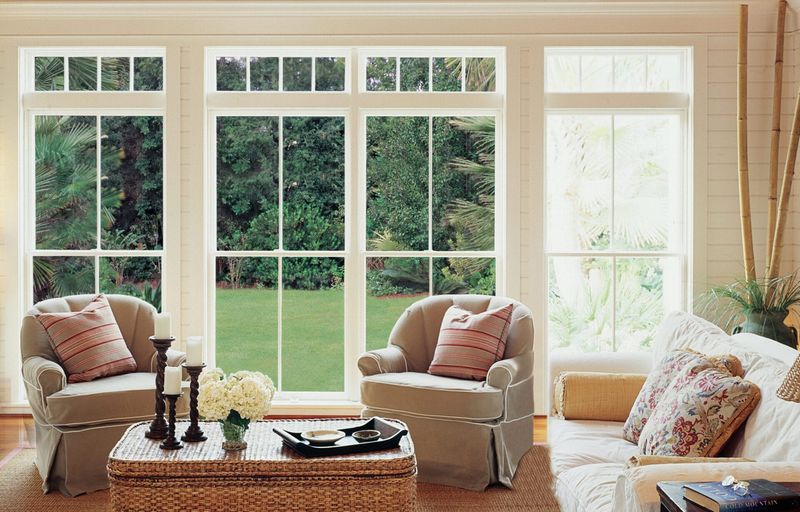
Those drafty old windows have survived decades for good reason – they’re built from materials far superior to today’s quick-build options! Old-growth wood resists rot and warping better than modern lumber.
Instead of replacement, consider restoration. Replace broken sash cords, reglaze loose panes, and add weatherstripping.
For energy efficiency, add storm windows or interior magnetic inserts that preserve the original profiles while cutting your heating bills.
6. Blend Modern Bathrooms With Vintage Touches
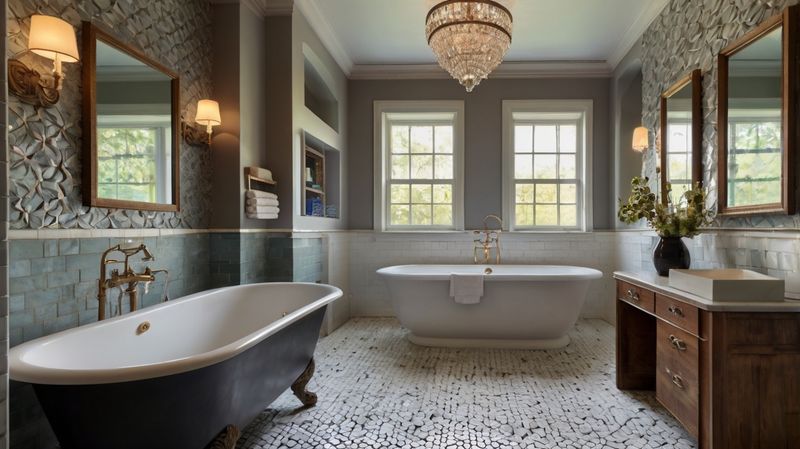
Let’s be honest – historical bathroom fixtures weren’t exactly the height of comfort! Updating this space makes perfect sense for modern living.
Create harmony by choosing new fixtures with period-appropriate styling. Clawfoot tubs, pedestal sinks, and subway tile all offer timeless appeal with modern functionality.
Keep original flooring if possible, or select new materials that would have been used when your home was built.
7. Refinish Original Flooring
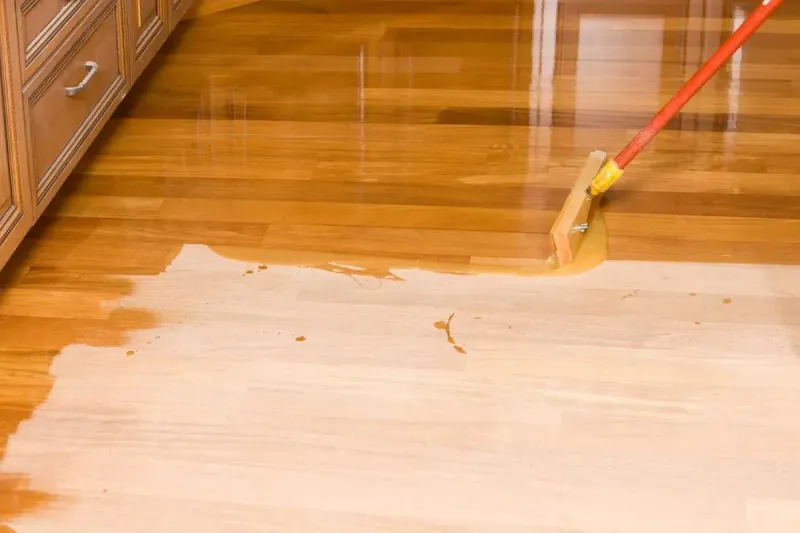
Under that worn carpet might be hardwood gold! Original flooring tells your home’s walking history through its patina and character marks.
Rather than replacing, refinish those boards to bring back their glory. A good floor specialist can repair damaged sections with salvaged wood of the same era.
Embrace imperfections like gaps between boards and nail holes – they’re not flaws, they’re character witnesses to your home’s journey!
8. Add Discreet Storage Solutions
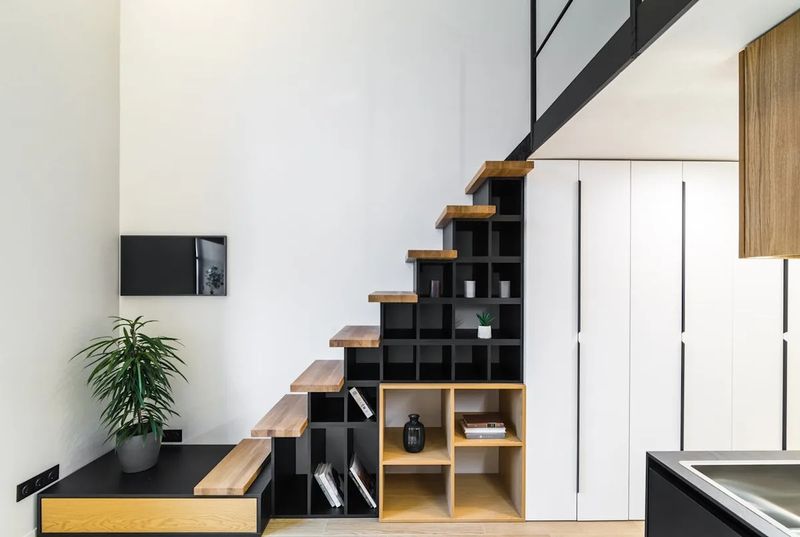
Historical homes weren’t designed for our stuff-collecting modern lifestyles. Creating storage without compromising character requires clever thinking.
Look for unused spaces like under stairs or in eaves for built-ins that match existing woodwork. Window seats with hidden storage compartments add both function and charm.
Consider furniture pieces like armoires and chests that provide storage while enhancing your home’s period feel.
9. Light Fixtures As Statement Pieces
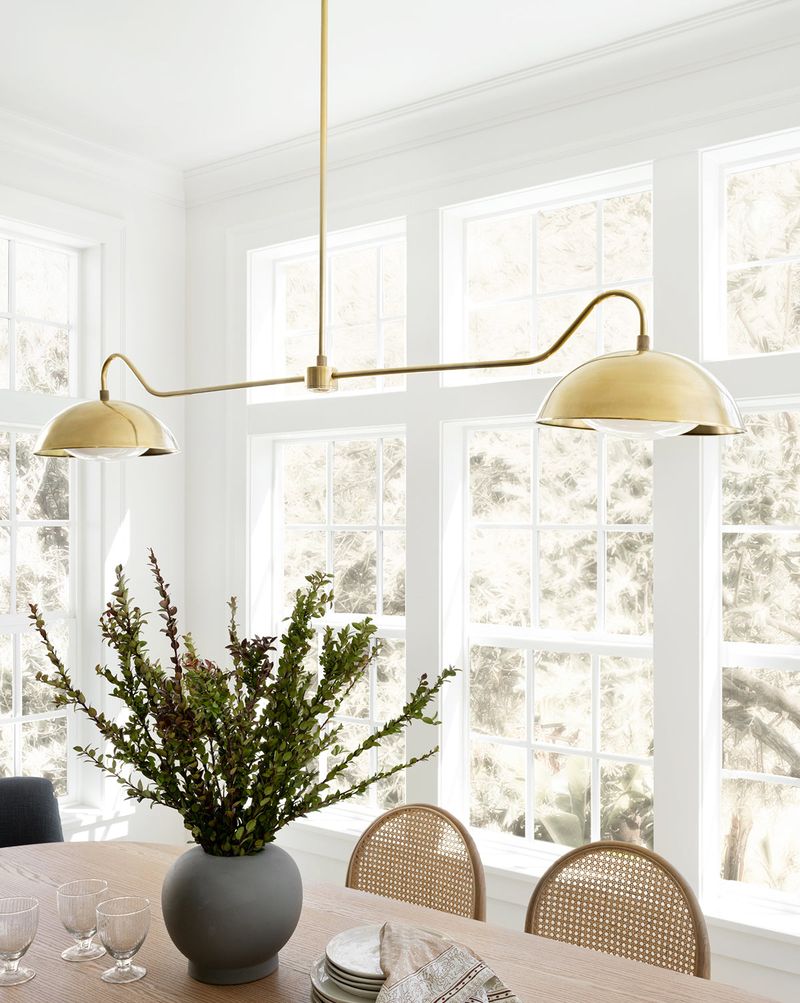
Nothing screams “bad renovation” like builder-grade lighting in a character-filled old home! Lighting fixtures should honor your home’s era while providing modern illumination.
Hunt architectural salvage yards for period-appropriate chandeliers and sconces that can be rewired for safety. Can’t find originals? Many companies make historically accurate reproductions.
For rooms needing more light, add unobtrusive recessed fixtures alongside statement pieces for a perfect lighting balance.
10. Use Period-Appropriate Paint Colors
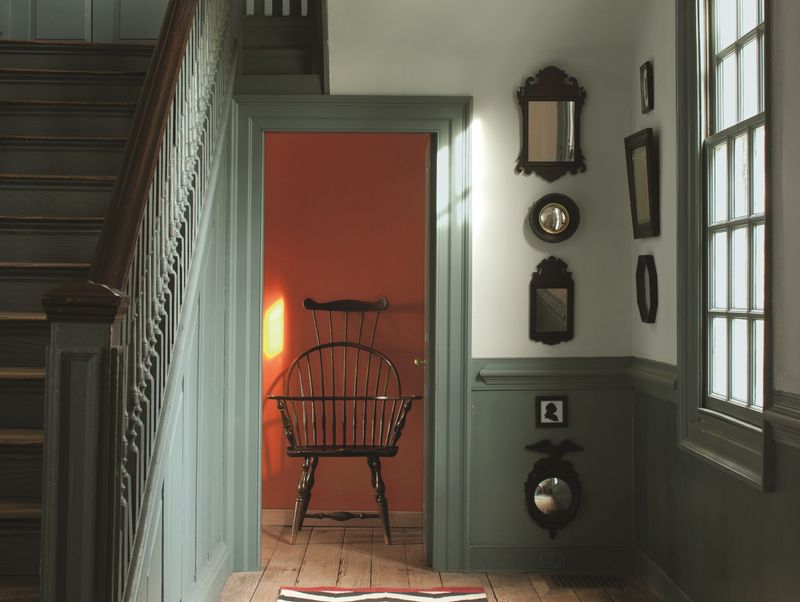
Those avocado green walls from the 1970s remodel aren’t doing your 1890s Queen Anne any favors! Choosing historically accurate colors creates instant authenticity.
Many paint companies offer historical collections based on actual color schemes from different eras. For super-sleuths, careful scraping can reveal your home’s original colors hidden under layers of paint.
Not ready for full Victorian color schemes? Use historical hues in selected areas like dining rooms or exterior trim.
11. Modernize The Kitchen Layout
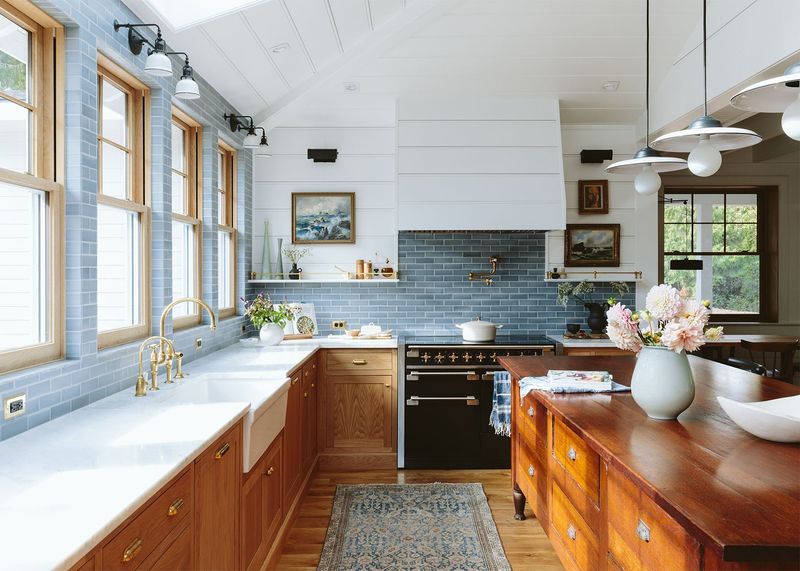
Historical kitchens were workspaces, not entertainment hubs. Creating a functional modern kitchen doesn’t mean erasing all vintage charm.
Consider a layout that respects the original room dimensions while adding modern workflow. Incorporate a vintage piece like a hutch or hoosier cabinet for storage and character.
Countertops in soapstone, marble, or wood offer both historical accuracy and modern performance without looking like a time capsule.
12. Incorporate Salvaged Materials
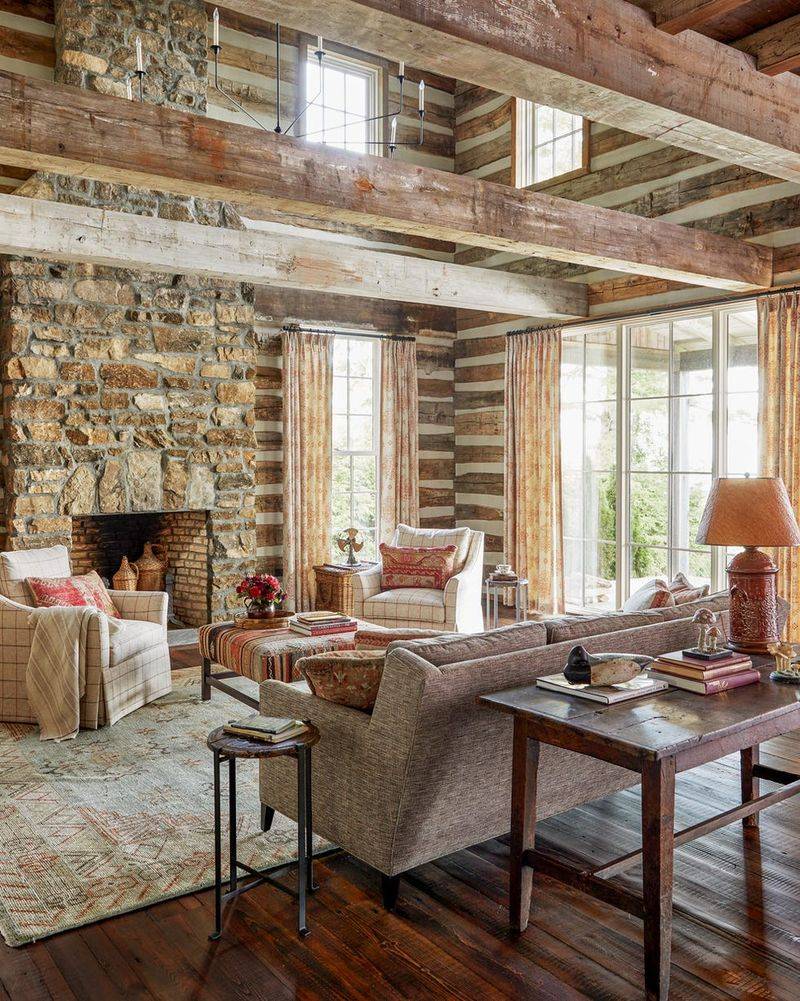
Architectural salvage yards are treasure troves for historical renovators! When original elements are beyond repair, salvaged materials offer authentic replacements.
Look for period-appropriate doors, hardware, mantels, and even smaller items like vent covers. These recycled gems bring built-in history to your space.
Bonus points for sustainability – you’re keeping these architectural elements out of landfills while adding genuine character impossible to replicate with reproductions.
13. Create Thoughtful Additions
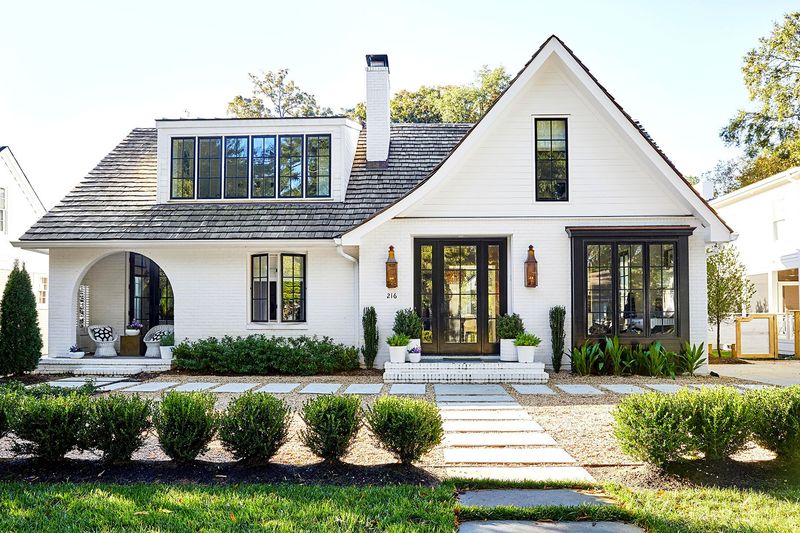
Sometimes expanding is necessary for modern living. The key is making additions that look like they’ve always belonged.
Work with an architect who specializes in historical properties to design additions that complement rather than compete with the original structure.
Match rooflines, window styles, and exterior materials. Consider setting additions back slightly from the main facade or connecting with a subtle transition space to distinguish new from old.
14. Upgrade Insulation Invisibly
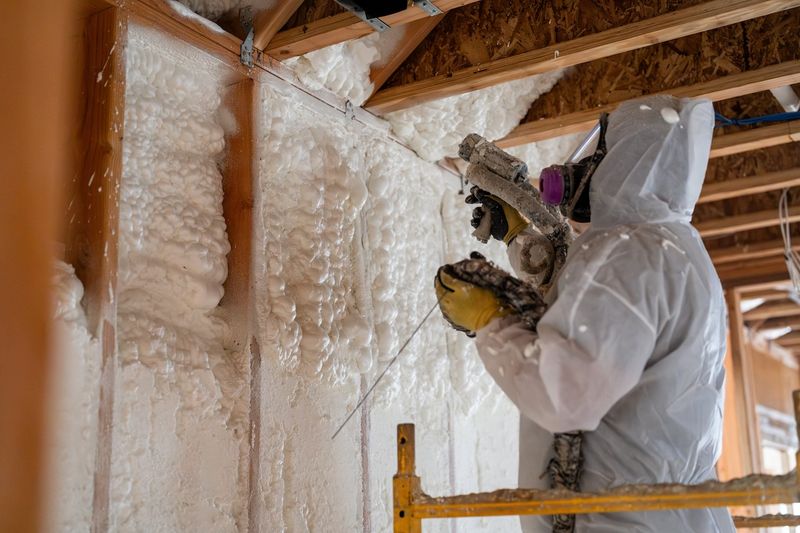
Old houses are notoriously drafty money pits when it comes to heating and cooling. Fortunately, energy efficiency doesn’t have to compromise historical integrity.
Focus on invisible upgrades like blown-in insulation for walls, which doesn’t require removing plaster. Insulate attics and crawlspaces thoroughly.
Weather-strip original doors and windows rather than replacing them. These improvements dramatically reduce energy consumption without changing your home’s appearance.
15. Embrace Smart Home Tech Discreetly
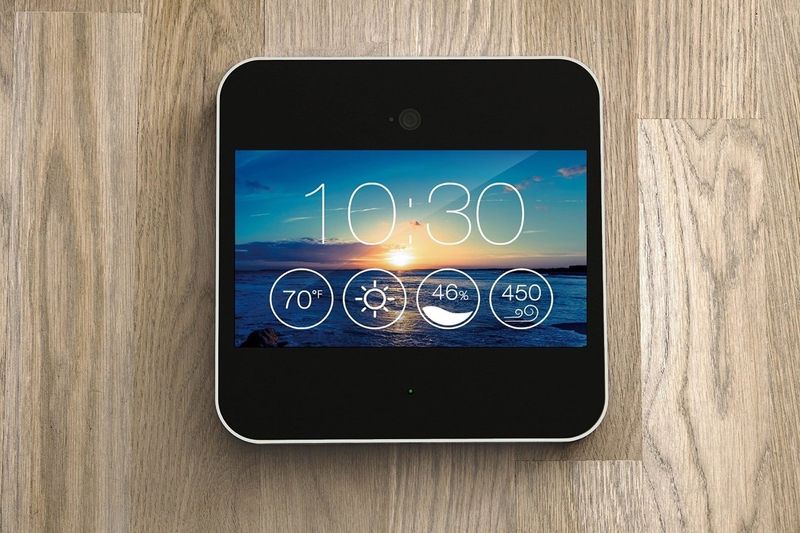
Modern convenience doesn’t require visible gadgetry! Today’s smart home technology can hide beautifully in historical settings.
Wireless systems eliminate the need for extensive new wiring. Thermostats can be placed in closets with only small remote sensors visible. Speaker systems can be plastered into walls and painted to disappear.
Even charging stations can be tucked into drawer units. You’ll get 21st-century convenience while maintaining your home’s period appearance.

